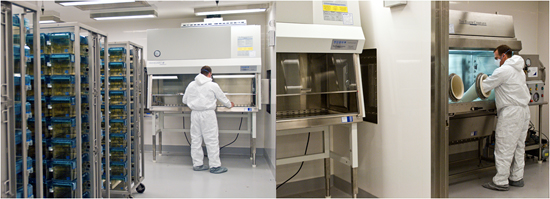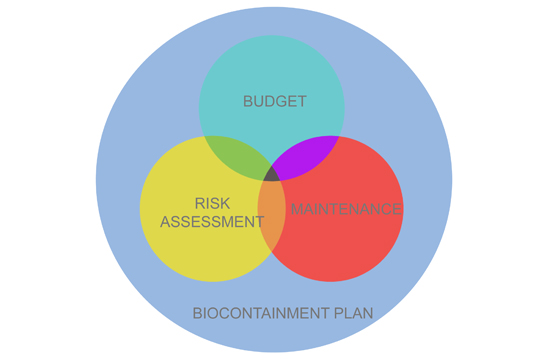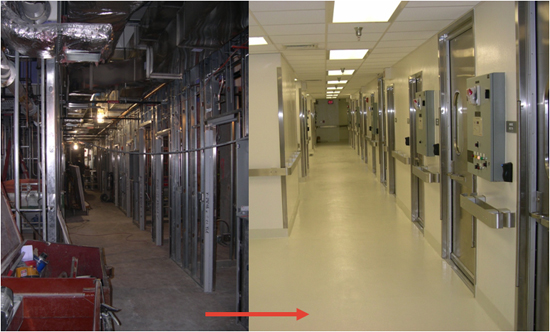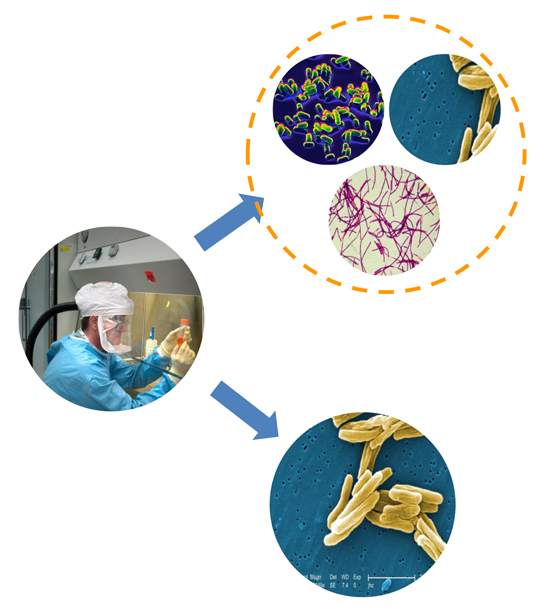
Recently, I presented The Biocontainment Factor at the Tradeline International Biocontainment Facilities Conference in San Diego. Focused on identifying differentiators between high-containment (BSL-3 or higher) laboratories and more common research and clinical laboratories, the talk emphasized the need for alternate project processes and re-allocation of efforts tailored to the needs of biocontainment.


Key discussion points:
- Successful project planning for high-containment takes into account the increased time, effort and budget required to support this demanding laboratory typology.
- The most successful and cost-effective biocontainment projects are specific, purpose-built facilities designed around scientific need and operational functionality.
- First-cost decisions should be carefully weighed against long-term operational costs; the operational costs in high-containment are generally two to three times that of a “standard” laboratory environment.
- Standard operating procedures and facility design are integrated and iterative process. Engage in this process during design!
- Three key decision making factors related to all aspects of biocontainment design are:
- Risk-Assessment (Safety), Budget and Maintenance.
- High-containment facilities are comprised of details, materials and application techniques that many tradespersons have never encountered. Mock-ups to establish visual levels of quality, master techniques and provide a project “reference baseline” are essential.


For more on this topic, please see my chapter “Critical Factors in the Planning and Design of High-Containment Laboratories” in the recent publication “Management Principles for Building and Operating Biocontainment Facilities” available in e-reader format from Amazon.com.


